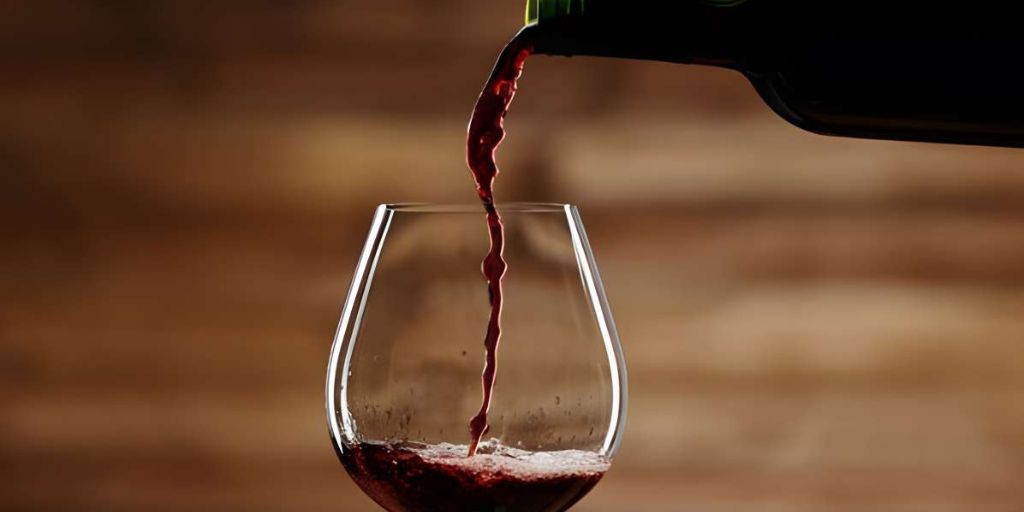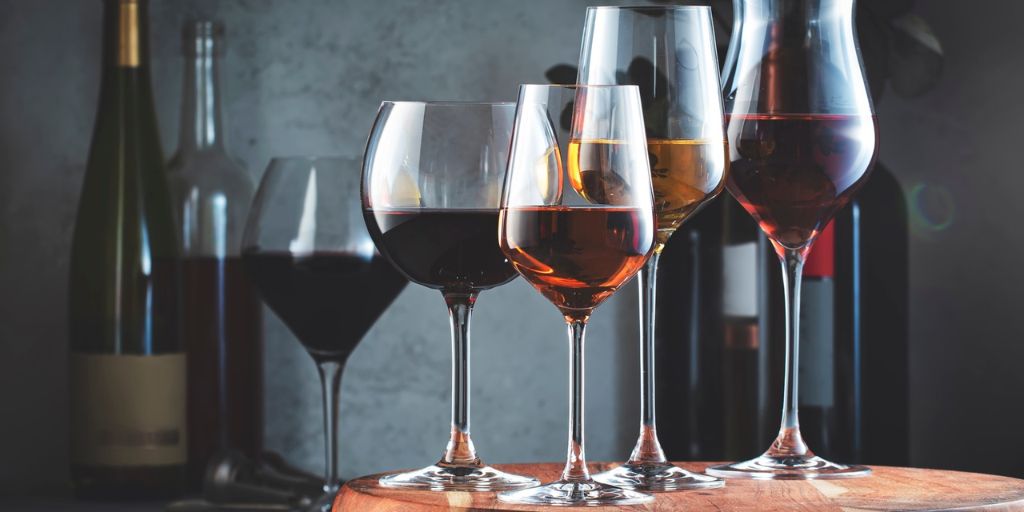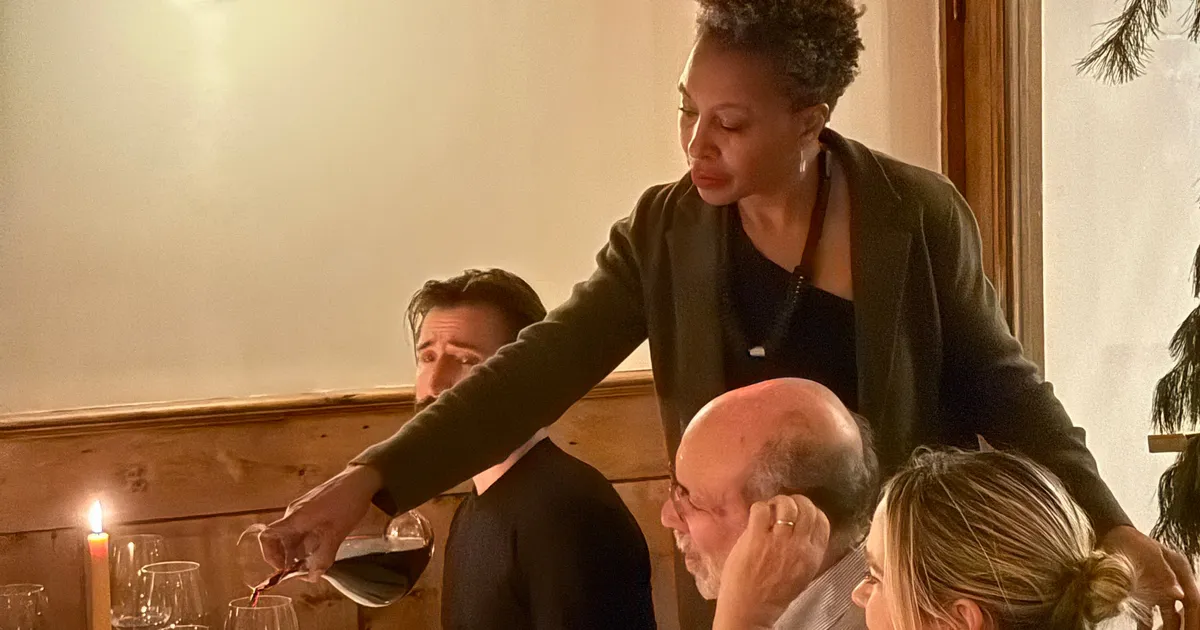Wine lovers know the joy of finding a delicious bottle that doesn’t break the bank. But in a market flooded with choices—from grocery store shelves to online retailers—knowing whether you’re getting a great deal or just falling for clever marketing can be tricky. A higher price doesn’t always mean higher quality, and the cheapest bottle isn’t always the worst.
So, how do you spot a great wine deal? It starts with understanding what you’re looking for, how wine pricing works, and where to find the real value. Whether you’re shopping for a weekday dinner wine or stocking up for a special event, this guide will help you find great bottles without overspending.
1. Understand What “Value” Means in Wine
Before you can spot a great wine deal, it’s important to define what “value” means to you. A wine deal isn’t just about low prices—it’s about getting more quality than what the price suggests. A $15 bottle that tastes like a $30 wine is a better deal than a $5 bottle that tastes like, well, $5.
Look for wines that overdeliver on taste, complexity, and enjoyment for the price point. Great value wines often come from lesser-known regions, use less familiar grape varieties, or are produced by up-and-coming wineries trying to earn a reputation.
2. Shop by Region, Not Just Brand
Well-known wine regions like Napa Valley or Bordeaux carry prestige—and often higher prices because of it. But fantastic wines can be found in less-hyped areas where land and production costs are lower, meaning more savings for the consumer.
For example:
-
Instead of Champagne, try Crémant from France’s Loire or Jura regions.
-
Instead of Napa Cab, explore Chile’s Maipo Valley or Washington State.
-
Instead of Burgundy Pinot Noir, try wines from Germany (Spätburgunder) or Oregon.
These lesser-known regions often produce wines of similar quality at a fraction of the price.
3. Don’t Be Fooled by Fancy Labels
Wine packaging is part of the marketing game, and an ornate label or heavy bottle doesn’t always mean quality. In fact, many fantastic wines come in simple packaging with modest branding.
When evaluating a label:
-
Don’t be swayed by gold medals or ambiguous terms like “Reserve” (which may not mean much legally).
-
Look instead for detailed information like region, varietal, vintage, and the producer’s name.
-
Consider wines from reputable importers—they often curate high-quality selections from small producers.
Some trusted importers include Kermit Lynch, Jorge Ordóñez, and Skurnik Wines, whose names often appear on back labels.
4. Pay Attention to Vintage (But Don’t Obsess)
Vintage refers to the year the grapes were harvested. Some years produce better wine due to weather conditions, especially in regions with variable climates like Europe. However, great deals can be found even in off-vintages.
For example, a Bordeaux from a less-celebrated year may be priced lower but still offer exceptional drinking. Use vintage charts or retailer guidance as a rough reference—not a rule. In many cases, especially in warmer regions (like California or Australia), vintage variation is less drastic.
Also, look for recent vintages on wines meant to be consumed young, such as Sauvignon Blanc or rosé. A bottle of rosé from three years ago might be discounted, but it could lack freshness.
5. Discover Value Grape Varieties
Famous grapes like Cabernet Sauvignon, Chardonnay, and Pinot Noir command premium prices due to demand. Instead, try high-quality but underappreciated grapes that offer great value:
-
Tempranillo from Spain
-
Garnacha (Grenache) from Spain or southern France
-
Barbera or Dolcetto from Italy’s Piedmont
-
Touriga Nacional from Portugal
-
Albariño, Vermentino, or Grüner Veltliner for white wine lovers
These varietals often come from regions where land and labor are cheaper, and many offer complexity and charm for under $20.
6. Explore Retailer Discounts and Mixed Cases
Wine shops, online retailers, and even supermarkets often run promotions like:
-
Buy 6, get 10–20% off
-
Clearance wines or end-of-vintage sales
-
Curated mixed cases with built-in savings
Don’t be afraid to ask the staff about what’s on special or what recently came in at a great price. Many local shops pride themselves on stocking hidden gems and offering honest recommendations.
Additionally, some retailers allow you to mix and match your own case with a discount applied. This is a smart way to explore multiple wines while saving money.
7. Use Wine Apps and Reviews Wisely
Apps like Vivino, Delectable, and CellarTracker allow users to review wines, making it easier to spot crowd-pleasing bottles before you buy. While taste is subjective, a wine with a solid 4.0+ rating from hundreds of users in your price range is usually a safe bet.
However, take reviews with a grain of salt:
-
Some users prefer sweeter or more fruit-forward styles.
-
Ratings can be inflated for heavily marketed or branded wines.
-
Try comparing user reviews with professional critic scores for a fuller picture.
Also, online retailers often show user ratings next to wines, so use that as a reference when browsing.
8. Don’t Ignore Store Brand Wines
Many large retailers like Costco, Trader Joe’s, Aldi, and Total Wine offer private label wines—often made by reputable producers but sold under the store’s brand. These wines can deliver incredible value because the retailer controls pricing and cuts out the middleman.

For example:
-
Costco’s Kirkland Signature wines are often produced by well-known wineries but sold at lower prices.
-
Trader Joe’s carries unique imports and domestic blends under house labels that punch above their price point.
Be selective, and read reviews or try a bottle before buying in bulk—but some of these private label offerings are genuine steals.
9. Know the Price-to-Quality “Sweet Spot”
While wine exists at nearly every price point, studies show the best value often lies between $12 and $25. Below that range, wines are usually mass-produced and may lack balance. Above it, you’re often paying for branding, marketing, or exclusivity—not necessarily better taste.
That said, don’t be afraid of the under-$10 shelf—some countries (like Spain, Portugal, and South Africa) produce quality wines for very little due to favorable growing conditions and low production costs.
If you find a $9 bottle that impresses you, stock up.
10. Trust Your Palate Above All
The most important part of spotting a great wine deal? Knowing what you like. A 92-point wine might still fall flat if you dislike the grape or style. Conversely, a bottle with modest reviews could be your personal favorite.
Over time, track the producers, grapes, and regions you consistently enjoy. This helps you recognize deals faster because you know what works for your taste.
If you discover a $14 Montepulciano d’Abruzzo or a $12 South African Chenin Blanc that hits all the right notes for you—congratulations, you’ve found a great deal.
Final Thoughts
Spotting a great wine deal is part art, part science—and 100% rewarding. It’s not just about spending less, but about discovering wines that offer surprising quality and enjoyment for the price. By exploring lesser-known regions, trying unfamiliar grapes, and staying informed about pricing trends, you can drink well without emptying your wallet.
With a little curiosity and a bit of strategy, you’ll soon find yourself consistently picking out bottles that feel like hidden treasures. And that’s what makes wine fun—not the price tag, but the experience it brings to your table.


